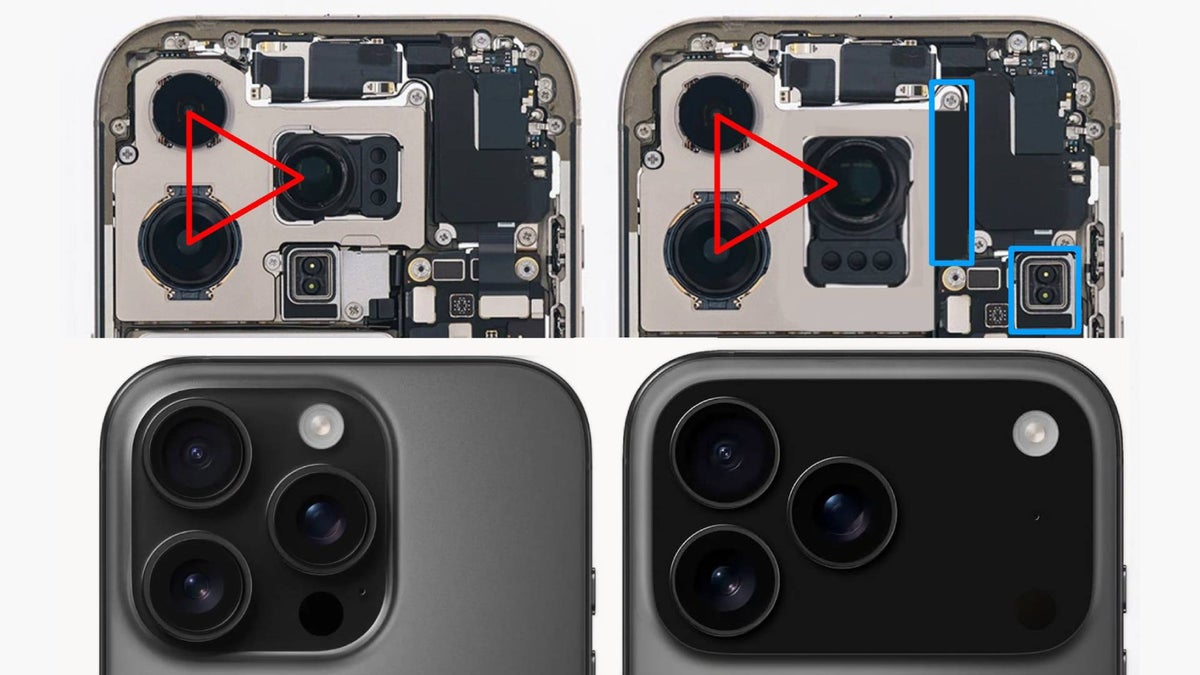Best DAWs: Digital Audio Workstations for videomaking
Digital Audio Workstations (or DAWs) are used for audio mixing and editing for filmmaking, music-making and more
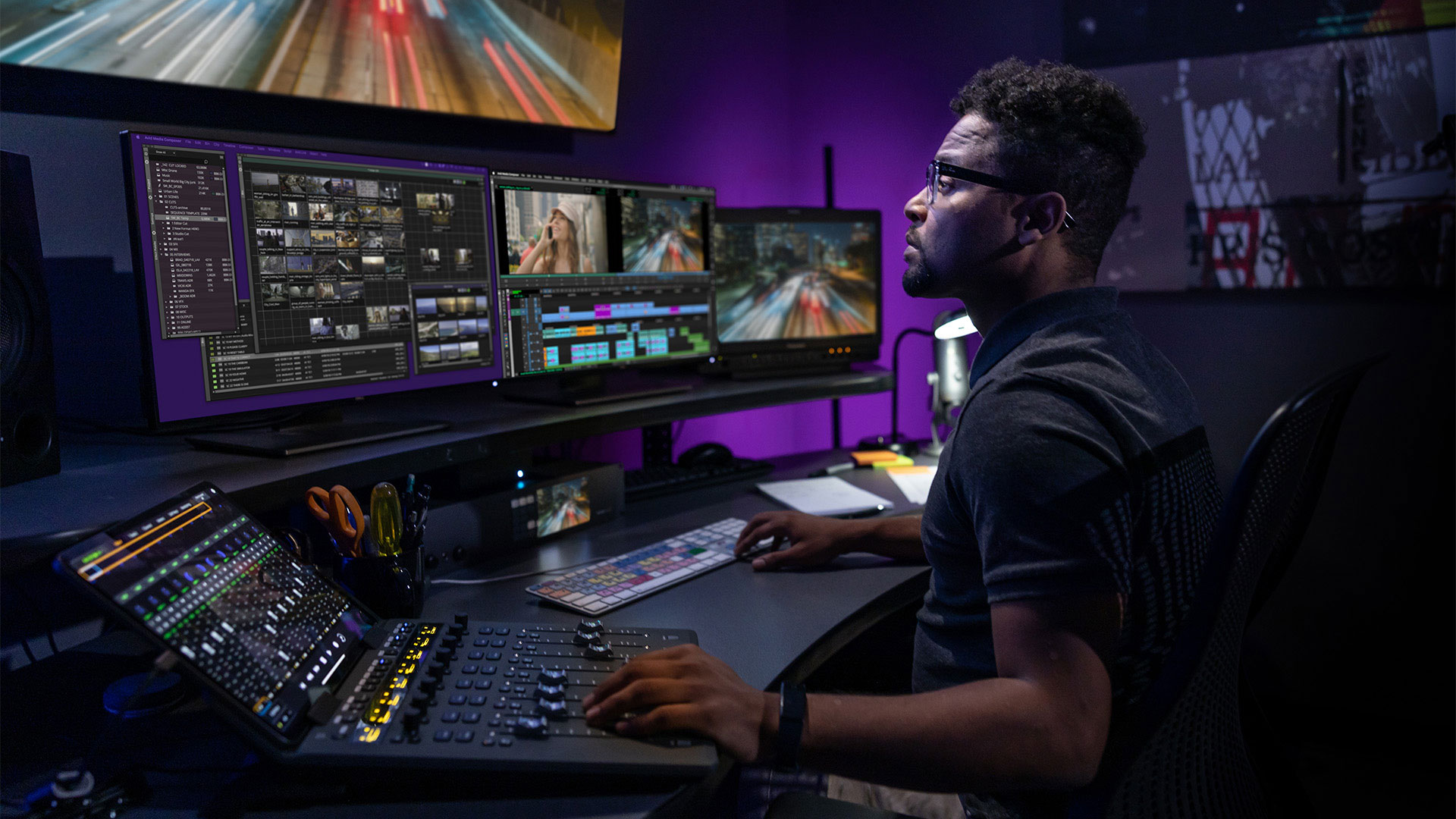
A digital audio workstation, or DAW, is software dedicated to editing, mixing and refining audio. There are plenty of applications that offer audio editing in combination with other media processing, such as video editors and motion graphics apps, but they are not strictly DAWs because they don’t exclusively deal with audio.
Software that work as audio editors exclusively has, historically, been used for two-channel mastering, but increasingly DAWs work with this as well as multitrack recordings also.
There are many uses for DAWs, such as recording and mixing music, tracking audio for interviews or voice-overs and even mastering tracks already recorded. One particular stand-out feature of DAWs is the fact that they can process multi-track recordings. A virtual mixing desk sits at the helm of controlling audio levels, adding in effects and operating other controls such as panning or surround sound mixing.
With multiple options available, those new to DAWs may struggle to find the right one, but there are some key products to note that are ideal for a range of users. Beginners may want to look at more simplistic editors such as FLStudio or Apple Garageband because they offer plenty of flexibility without being overly complicated on the technical side. However, technophiles and others who already have some knowledge of audio mixing should look toward more in-depth editing applications such as Cubase or Logic Pro.
Below, we’ll walk you through six of the best DAWs available today, ranging in price and difficulty level. Peripherals are important too though, so be sure to check out our best XLR microphones guide or if you’re computer-centric, best USB microphones. If you need a portable recording device be sure to read through our guide to the best audio recorders for filmmaking and video production.
Best DAWs
Why you can trust Digital Camera World
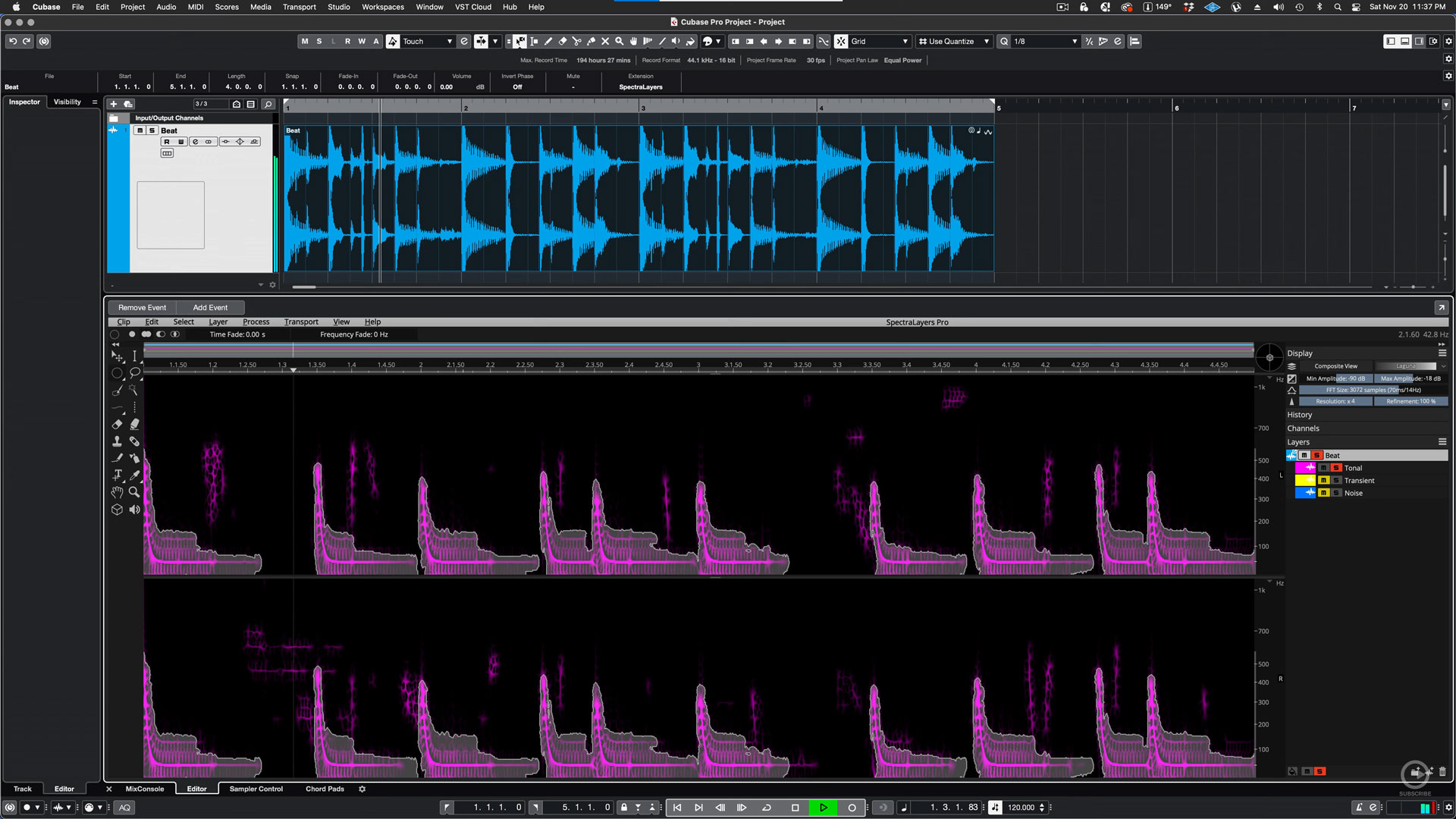
1. Cubase
Specifications
Reasons to buy
Reasons to avoid
Beautifully laid out, Steinberg Cubase is a sight for sore eyes – if said eyes have been staring at complex-looking rack units or confusing patch bays for too long. Visually, the multitrack recording area is colorfully painted and the mixing unit is neat and compact, too.
While it might be a little too much DAW for absolute newbies, beginners or even seasoned audio producers will find Cubase easy to use and fun to play with. There’s also helpful customization for shortcuts like adding tracks or controlling playback options. Filmmakers will like the integrated video compatibility, enabling separate audio feeds to be synced up with the on-screen moving image played back through the DAW.
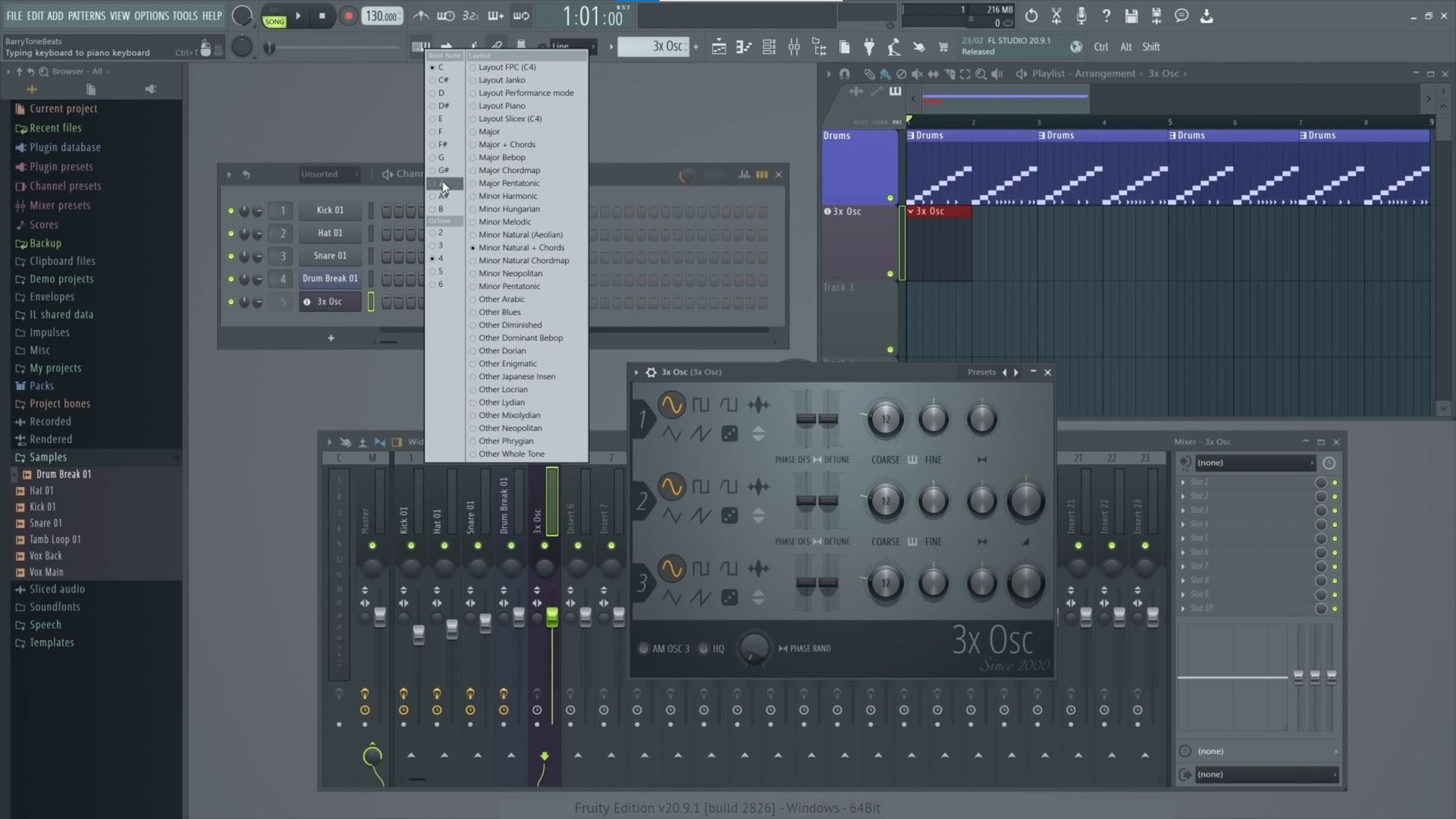
2. Image-Line FL Studio
Specifications
Reasons to buy
Reasons to avoid
Image-Line’s FL Studio has been around for 23 years and is much beloved by long-time users (who may formerly know it as Fruity Loops). FL Studio comes in four different flavors: Fruity, Producer, Signature and All Plugins Edition – each has more complex levels of sophistication with increased instruments, effects and options for video synchronization and playback.
While FL Studio is designed to be easy to use, its layout can be a little overwhelming for some, with floating windows and controls spotted all over the window. Some that are experienced in other DAWs may find the layout quite different to the norm, but those that get used to it will benefit from the myriad effects and instruments and audio editors.
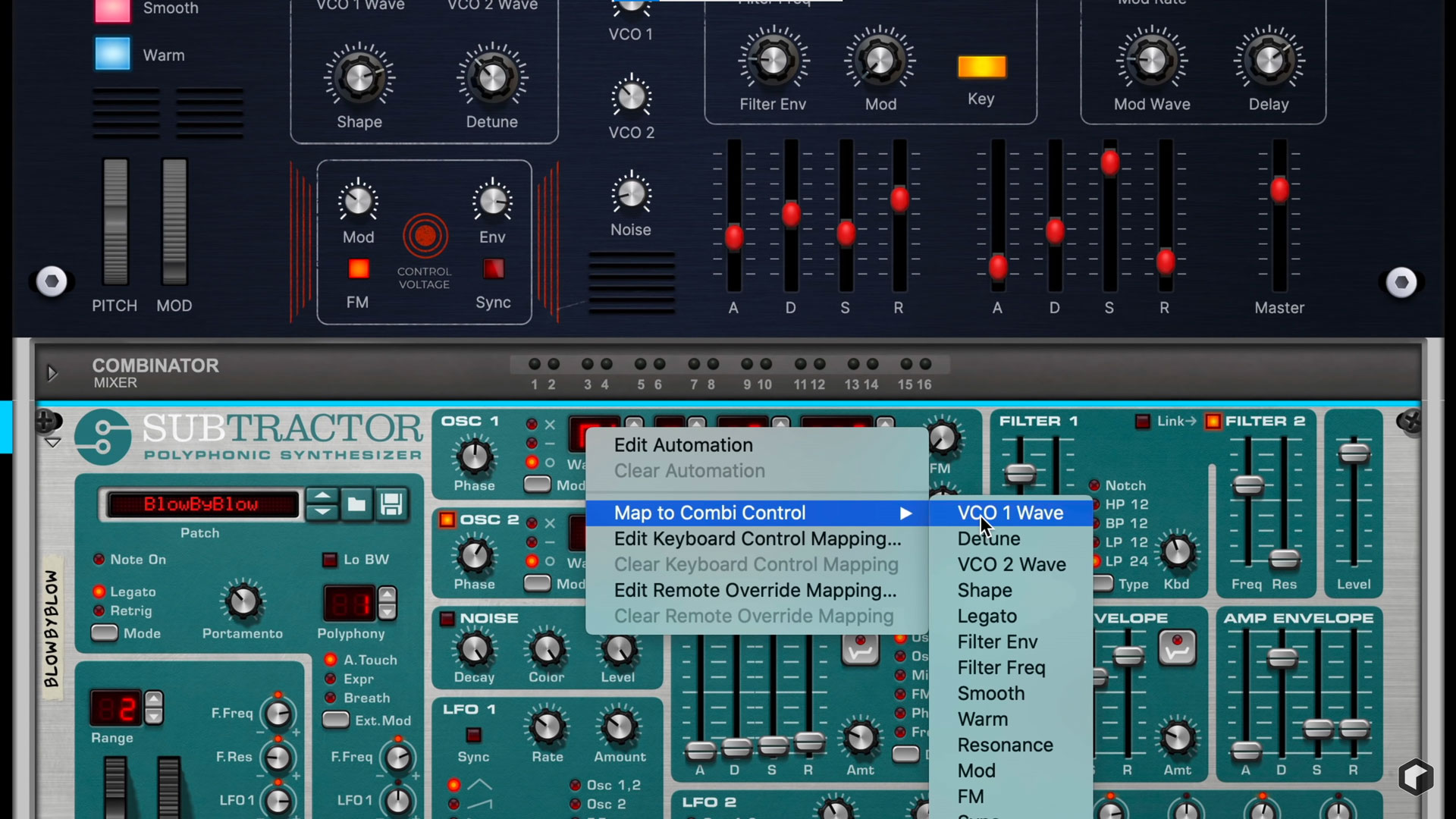
3. Reason
Specifications
Reasons to buy
Reasons to avoid
Two options from Reason Studios bring audio editing to the masses in the forms of Reason+ and Reason 12. Reason+ is more of a subscription service to be used with external audio editors and provides a wide range of instruments, devices and effects. Sound Packs are constantly updated with weekly finds and the first month costs just £1 with no obligation to tie into a contract.
Reason 12, on the other hand, is the audio editor that pairs with Reason+, or not as you decide. Myriad tools to choose from include the new Mimic Creative Sampler, and updated Combinator to combine favorite devices within the software, and improved graphics and a faster browser. Reason 12’s big draw is the Virtual Studio Rack that shows the ‘back-end’ of units, as one would find in outboard racks.
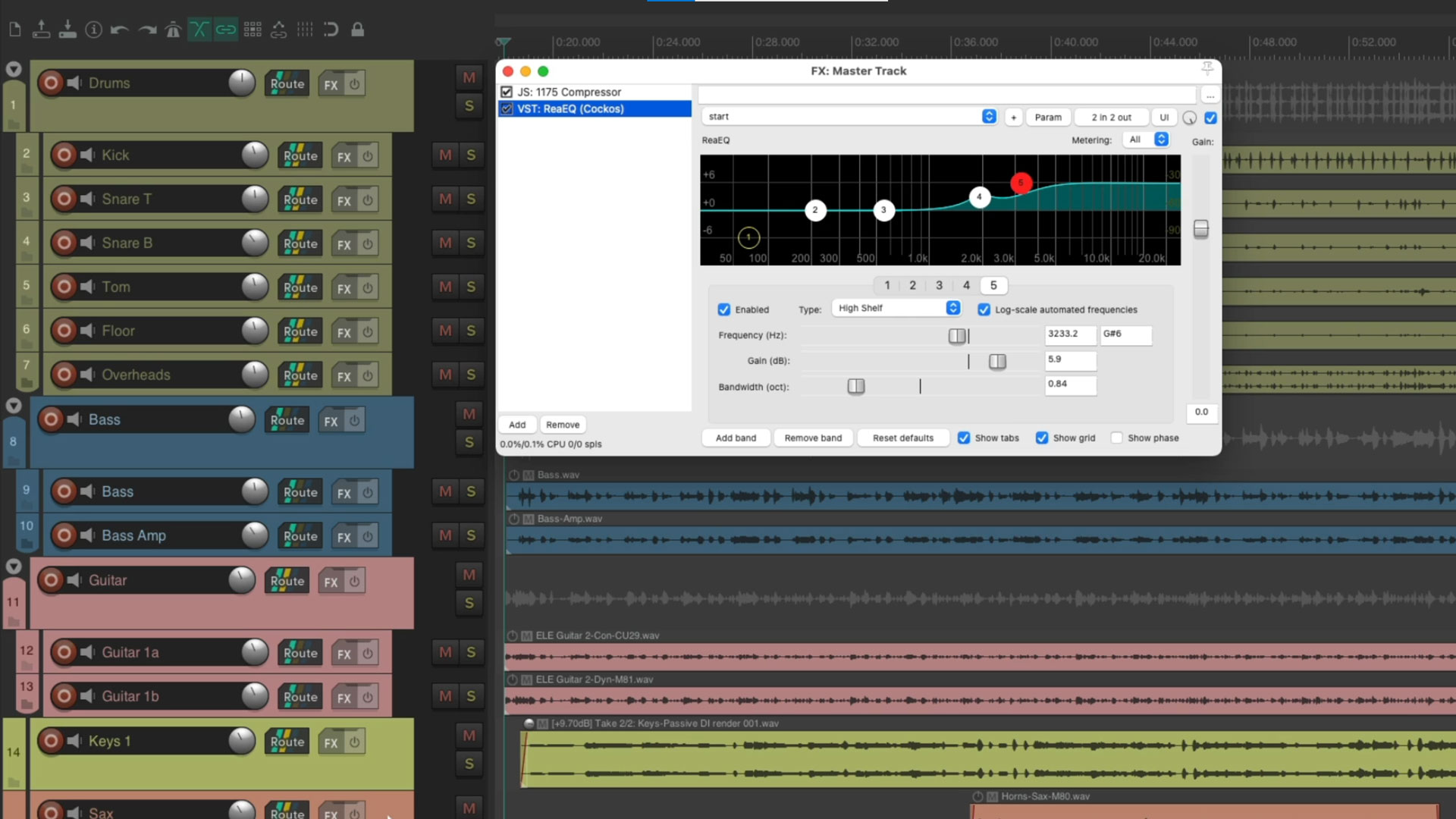
4. Reaper
Specifications
Reasons to buy
Reasons to avoid
Cockos' Reaper is the chameleon of DAWs, able to run on almost anything thanks to its small install and minimal system requirements, and is compatible with Windows, macOS, and Linux operating systems dating back for many years.
For users that like full manual control and love to fiddle with knobs and switches, Reaper is a great choice. Free for 60 days, it’s available to own outright for a minimal fee. Everything is customizable in Reaper, right down to the skin theme, or to individual buttons within the editing panel. This kind of ultra customization speeds things up for audio producers that want to make their own shortcuts, no matter how detailed.
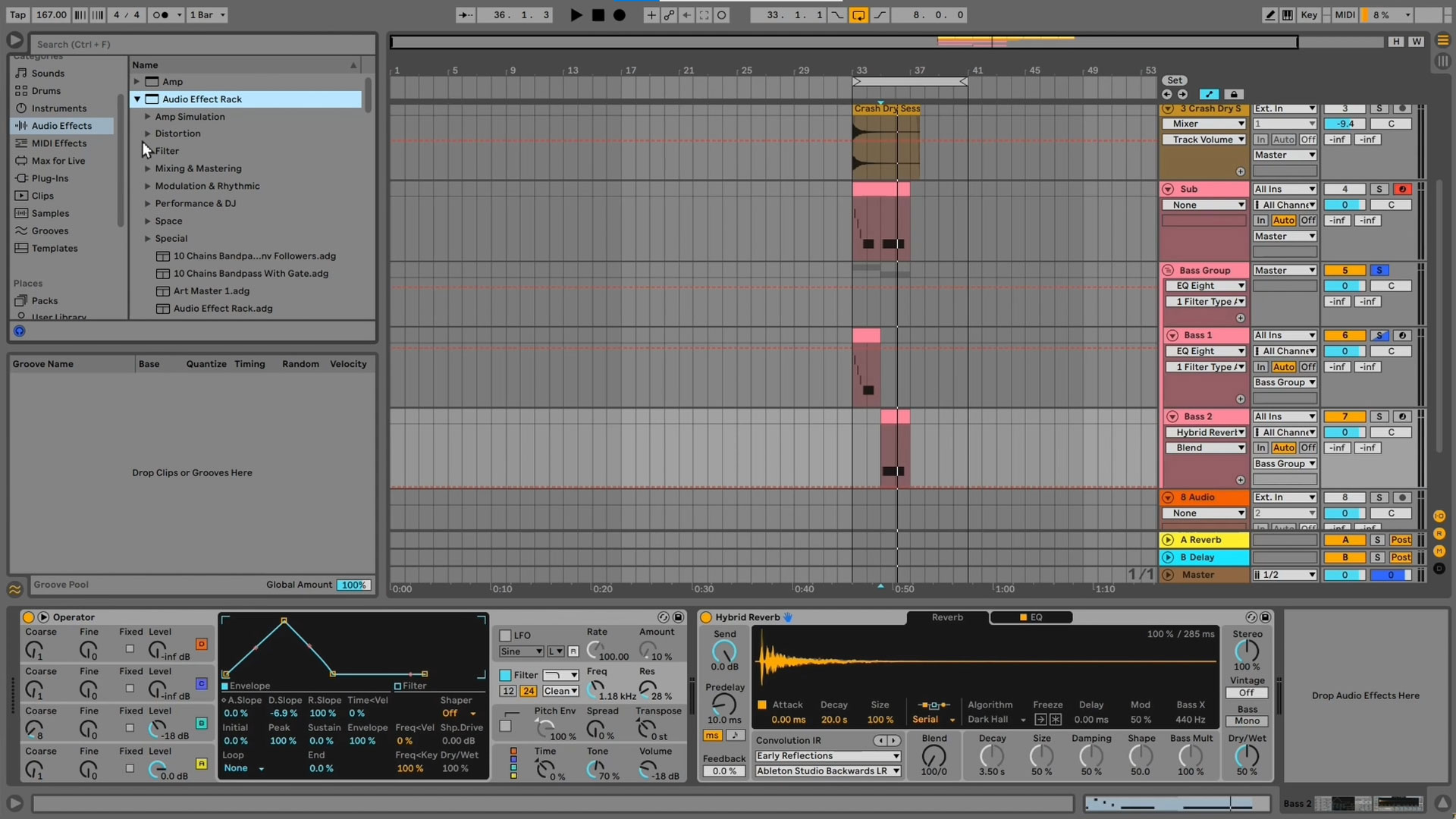
5. Ableton Live (Ableton)
Specifications
Reasons to buy
Reasons to avoid
Originally named for its strong live performance capability, Ableton Live 11 is actually now just as good at audio mixing and editing as it is for live work. You can speed up workflows with helpful shortcuts, add instruments and effects, or record audio and MIDI for songs or backing tracks.
This DAW would suit users who plan to perform or capture live performances for editing later on, such as live podcasts, interviews, music gigs, or theatrical productions due to the enhanced live-like workflows.
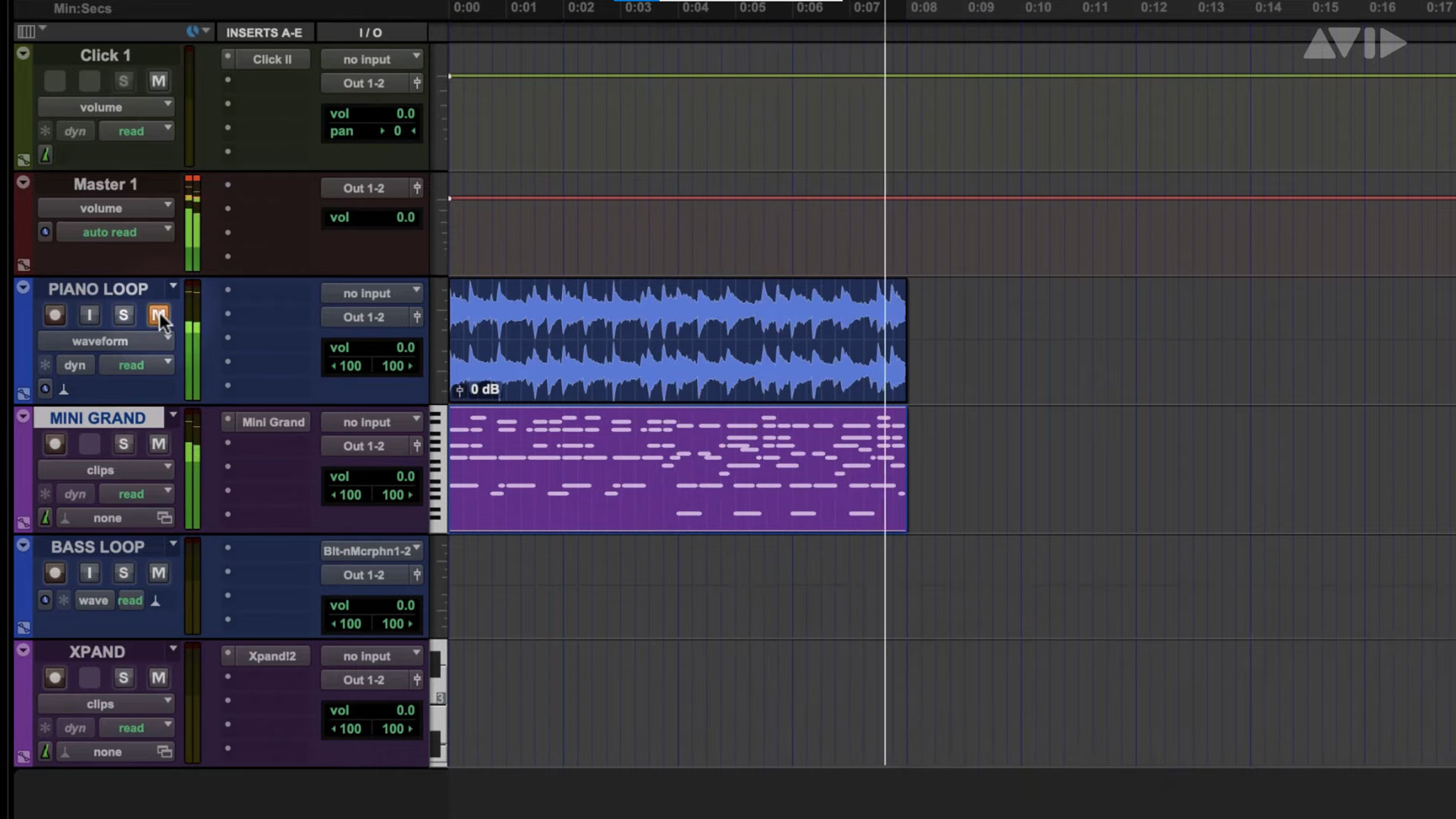
6. Avid Pro Tools
Specifications
Reasons to buy
Reasons to avoid
Avid’s Pro Tools has been the industry standard software for audio recording, mixing, and editing for many years now. As such, it’s more of software for professionals or others that want to work in the audio industry and doesn’t have so much of a home studio vibe. However, Pro Tools does offer a maximum of 64 inputs and outputs (I/O) with Ultimate pushing this up to 192.
Audio tracks top out at 256 (more than almost any home recordist would need) and Ultimate again bumps this up to 2048. While Avid has discontinued Pro Tools First, its free-to-use version, there is now, instead, a 30 day free trial for those wanting to dip their toes in the water.
Best microphones for vlogging
Best headphones for video editing
Best headsets
Best laptop for video editing
Best boom arms for microphones
Best microphone isolation shields
Get the Digital Camera World Newsletter
The best camera deals, reviews, product advice, and unmissable photography news, direct to your inbox!
Jase Parnell-Brookes is an award-winning photographer, educator and writer based in the UK. They won the Gold Prize award in the Nikon Photo Contest 2018/19 and was named Digital Photographer of the Year in 2014. After completing their Masters Jase has spent a good chunk of two decades studying and working in photography and optics shooting and writing all over the world for big-name brands and media outlets. Now the Channel Editor for Cameras and Skywatching at Space.com their speciality is in low light optics and camera systems.

